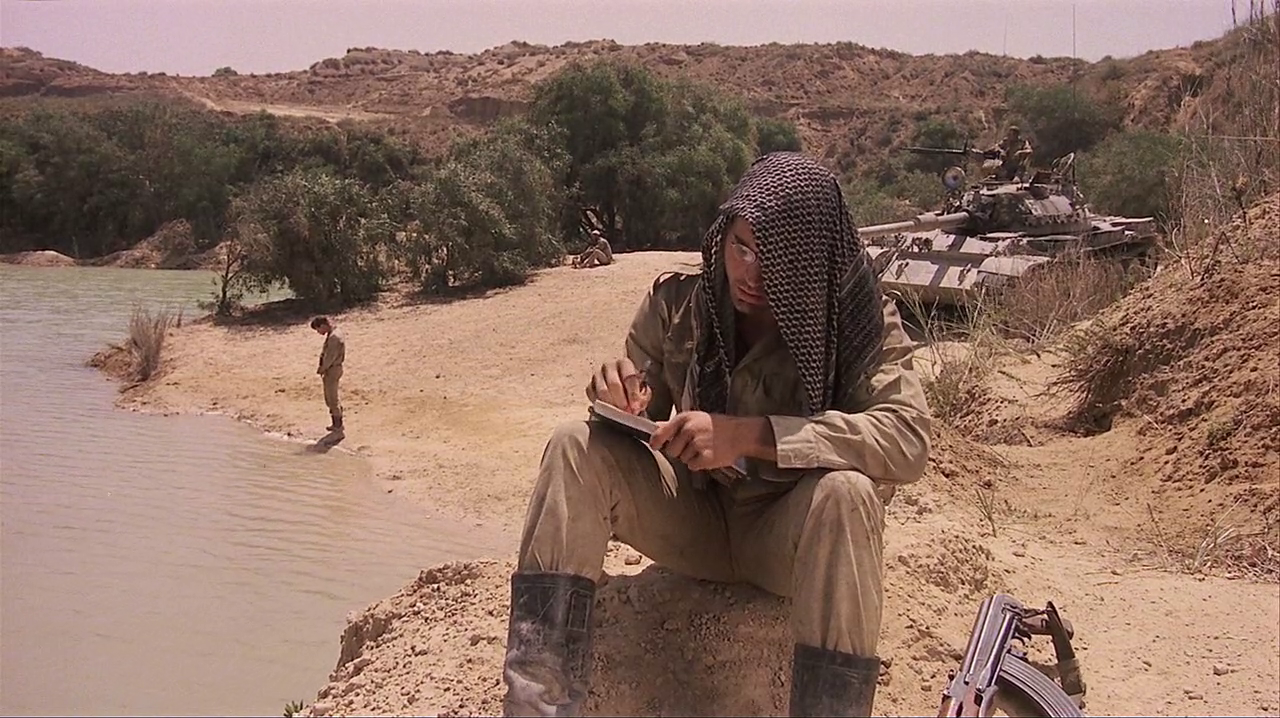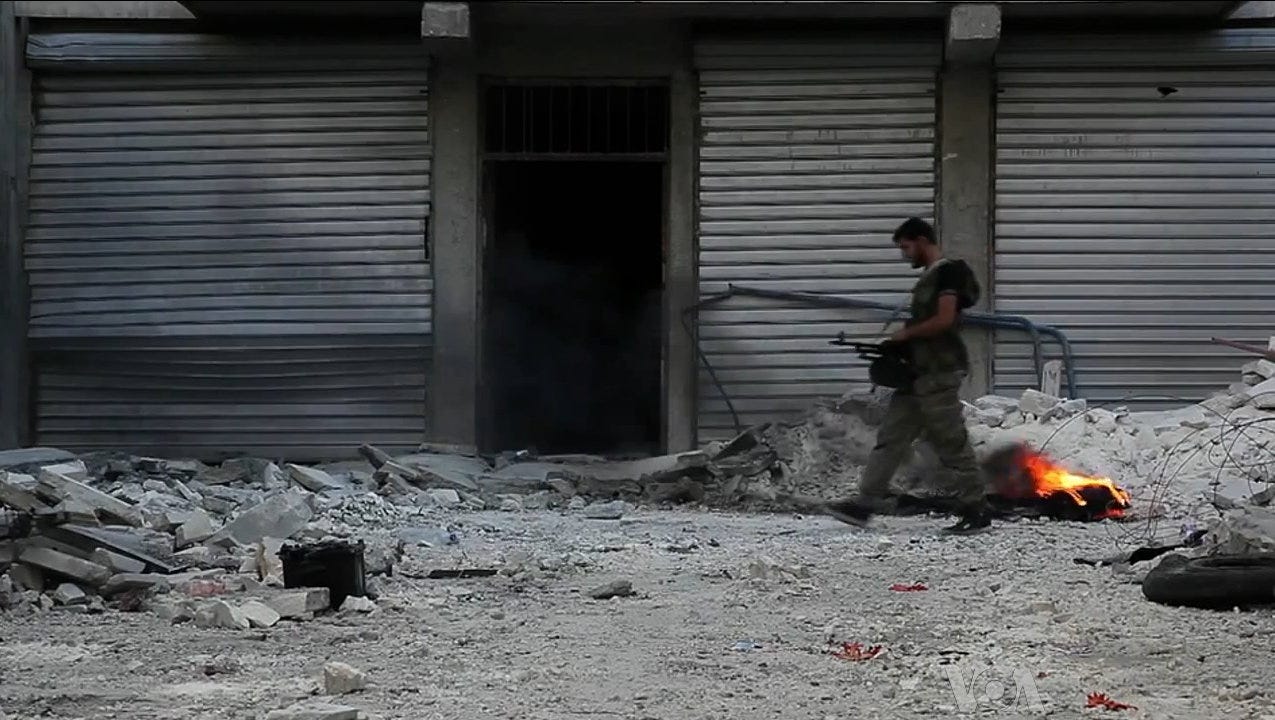By Gordon Orr
Provided geopolitical movement doesn’t derail his best laid predictions, Gordon Orr sees a year of slowing economic growth, headaches for multinationals, demographic anxiety, and buyer’s remorse for soccer tycoons.
My base case for China’s outlook this year assumes increased trade friction with the United States, with tariffs raised on specific product categories (such as steel and some agricultural goods), and, while I don’t expect across-the-board disruptions, a few high-profile companies will be forced to choose between accommodating the demands of the Chinese or US government.
Of course, if recent statements from US politicians translate into sweeping action on trade, 2017 could develop very differently. Tit-for-tat moves on specific companies and sectors could easily escalate, with many multinationals’ global supply chains caught in the middle and consumers around the world facing product shortages and, when products are available, material price increases. China’s government could implement sweeping actions to sustain employment, restrict further capital outflows, and stimulate the domestic economy. Market-oriented restructuring and reform would be off the table. Economic nationalism, food and energy security, and social stability would be paramount.
















